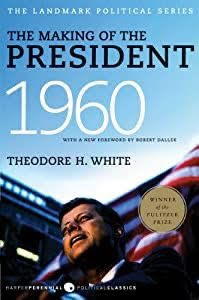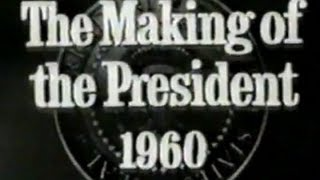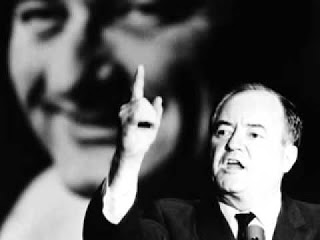
Source: People Magazine– Marilyn & The Chairman of The Board
Source:The Daily Review
“In the later years of his life, Frank Sinatra would often reminisce about his loves, his losses and the friends he missed most, including Marilyn Monroe.
While the events surrounding what really happened on August 4, 1962 when the star was found dead from a drug overdose remain a mystery, Sinatra’s close confidant and former road manager Tony Oppedisano, whose memoir Sinatra and Me: In The Wee Small Hours, is excerpted in this week’s PEOPLE, says the singer didn’t believe it was an accidental overdose. “Frank believed she was murdered,” he writes, “and he never got over it.”
According to Oppedisano, Sinatra and Monroe were close friends but not lovers. While Sinatra thought she was beautiful and funny, he writes, “Frank felt she was too troubled, too fragile, for him to sleep with and then walk away.”
From People Magazine
“New York Times Bestseller! “Sam Giancana tells all . . . Controversial . . . ties seven United States presidents to the mob.”—Larry King, CNN
One of the most feared Chicago mobsters Sam Giancana clawed his way to the top of the Mafia hierarchy by starting as a hit man for Al Capone. He was known as one of the best vehicle escape artists, a tenacious business man, and a ruthless…

Source:Amazon– all you need are a lot of sheep, as well as drunk, high, escaped mental patients, to make it as a New York Times bestseller. Which unfortunately is a good way to describe a lot of Marlyn Monroe’s fans who’ll never except the fact that she accidentally killed herself with too much booze and pills, on that tragic night in Los Angeles in 1962.
From Amazon
“Ties between Sam Giancana and Marilyn Monroe as told in the Book Double Cross.”
 Source:The Literary Group– Sam Giancana’s nephew.
Source:The Literary Group– Sam Giancana’s nephew.
From The Literary Group
The whole point about Marilyn Monroe’s housekeeper being asleep at Marilyn Monroe’s house the night that she died and that she was next door, or down the hall, tells you how bogus (to be nice) the claim that Sam Giancana had anything to do with the death of Marilyn. The housekeeper would have heard a break in, or at least of heard a struggle between Marilyn and the supposed assassin, or assassins.
Keep in mind, this younger Sam Giancana, is the nephew of the Italian mobster Sam Giancana. So I guess you could say why would young Sam would be accusing his own uncle of murdering one of the top Hollywood Goddess’s of all-time? The answer being why not: it wouldn’t be the first time that someone has used their famous name to make a lot of money legitimately.
Marilyn Monroe had she been alive today and let’s say in her mid, or late thirties with the same personality and physical futures and talents, she would be the OMG, awesome, pop princess, or whatever. She has a lot of fans from this era who look at the world that way. And they have a hard time believing how could anyone that fabulous (let’s say) could take their own life. Which is very hard to believe and I understand that.
But if you knew Marilyn and how irresponsible she was and how unhappy she was and the fact that she did have real mental issues and was even committed even at one point, you know she was a mental train wreck waiting to explode. She drank too much and took way too many pills because of how unhappy she was.
I don’t believe Marilyn killed herself intentionally. I’m not implying suicide here, but when you’re drunk as she was that night and you’re unhappy to begin with and you’re taking all sorts of medication at night to try to get you through the day and you take all of those drugs including the alcohol at the same time, very bad things are going to happen to you. Since you’re not completely aware of what you’re doing you end up finally taking too much.
Marilyn died from an overdose and no one helped her do that. Other than maybe giving her some motivation and reason to feel unhappy. But we’re still not talking about a murder here. One way to look at the death of Marilyn Monroe is to look at what happens to drunk drivers and they get in accidents and kill themselves by accident as a result.


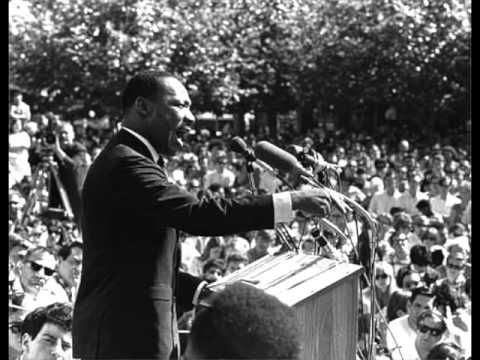
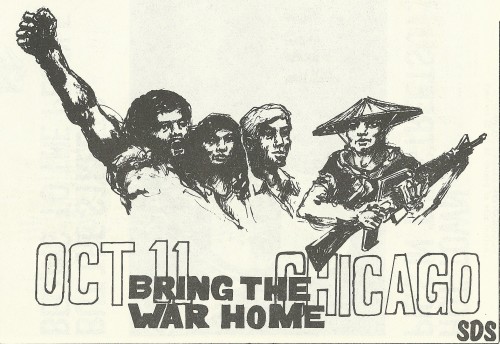




![Intimate Portrait_ Jessica Savitch [VHS]](https://thedailypressplus.files.wordpress.com/2012/08/intimate-portrait_-jessica-savitch-vhs.png?w=500)

